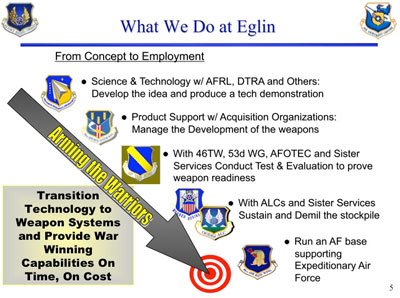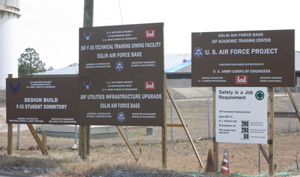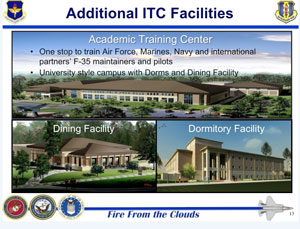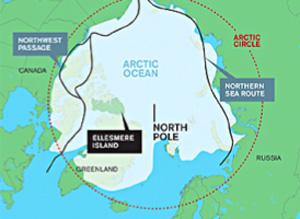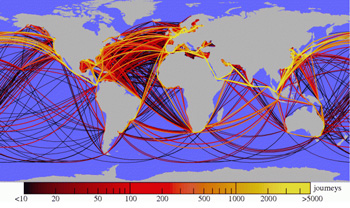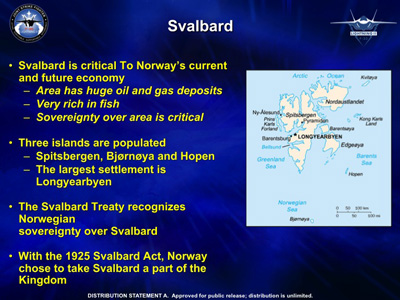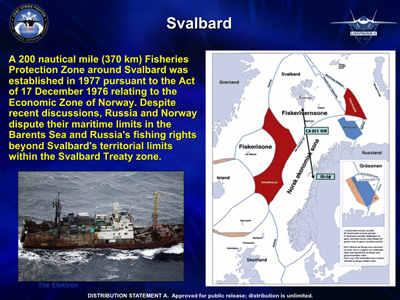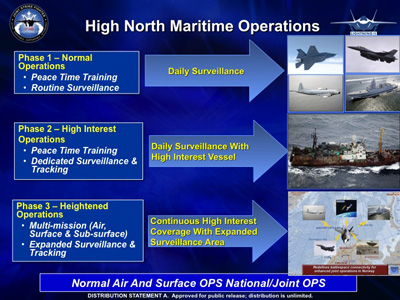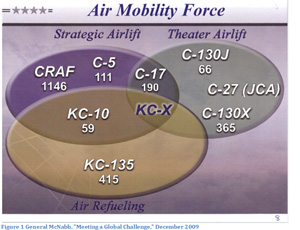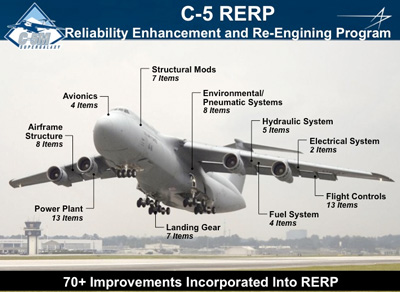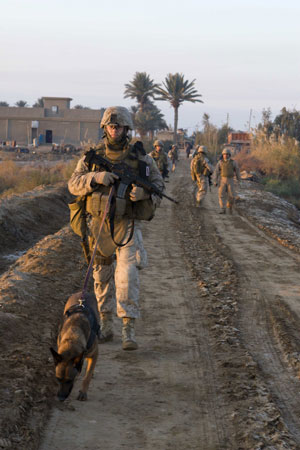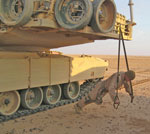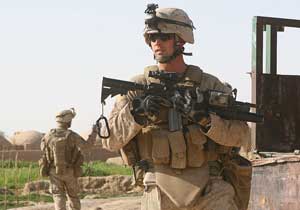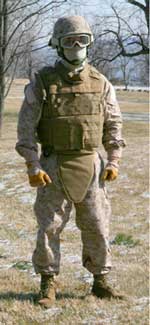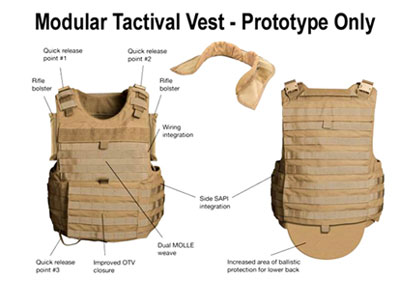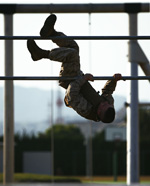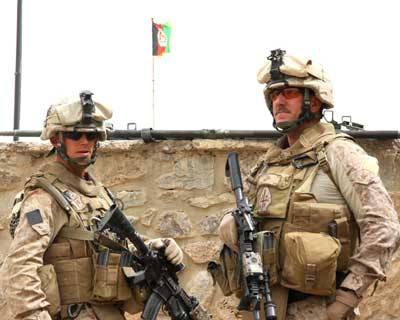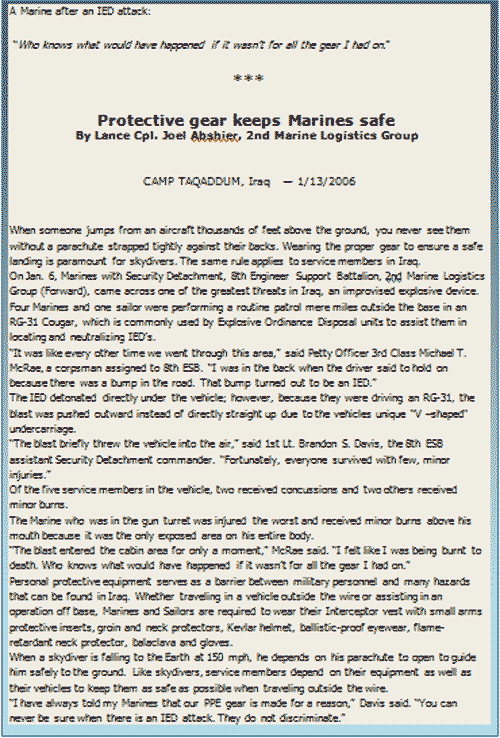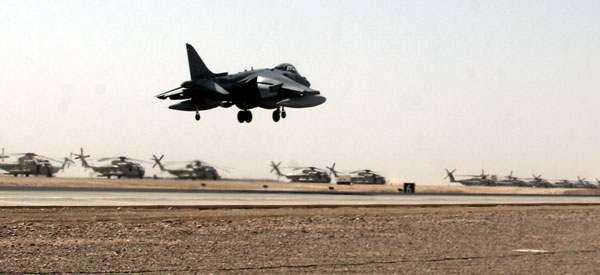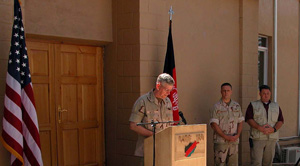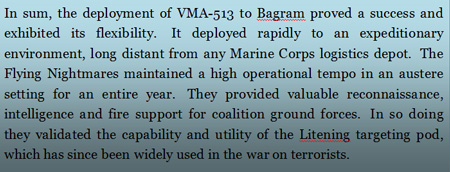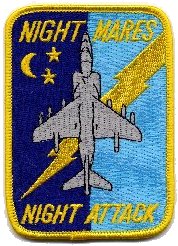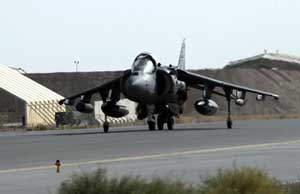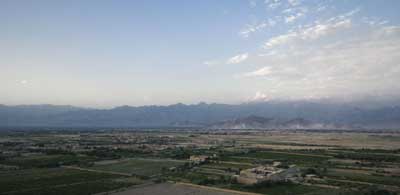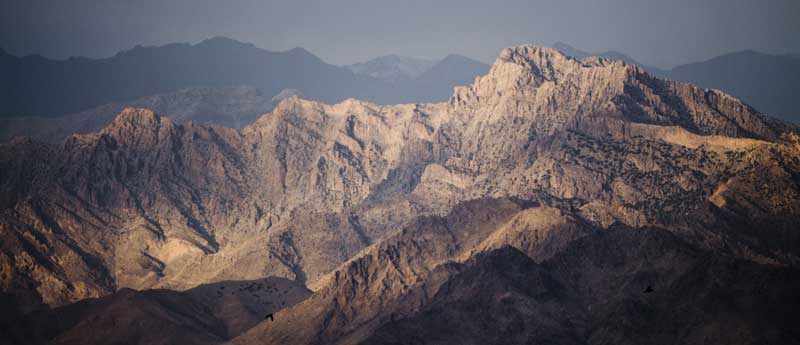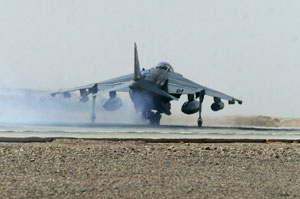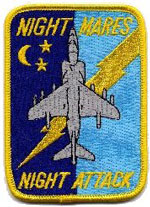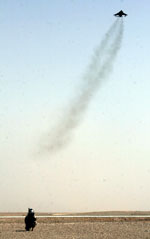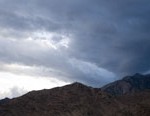CAS: A CORE CONTRIBUTOR TO SUCCESSFUL INTEGRATED OPERATIONS IN FALLUJAH
(Reprinted courtesy of the Marine Corps Gazette. Copyright retained by the Marine Corps Gazette)
By Maj Fred H. Allison, USMCR (Ret)
Maj Allison is a former Marine F–4 radar intercept officer. He earned his doctorate in history from Texas Tech University and is currently a historian at the Marine Corps History Division, Quantico.
***
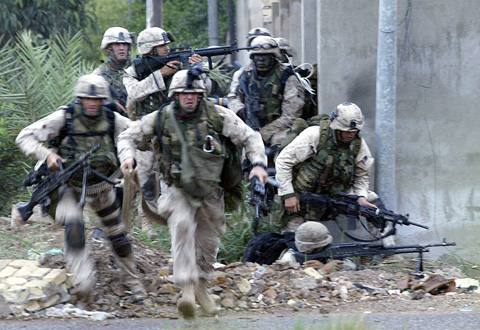
The Challenge of Urban CAS
Urban close air support (CAS) successfully employed in Fallujah in 2004 highlights the capability of Marine Corps-style command and control (C2) of aviation. The CAS plan was built on Marine Corps C2 basics—procedural control and unity of command, which were enhanced with a common map or grid reference graphic (GRG). This maximized the fantastic capability of aviation precision weapons and targeting technology, and in the case of Fallujah, made fixed-wing CAS an appropriate option for supporting fires, underscoring the utility and need for tactical aviation (TacAir) in the Marine Corps.
The main assault into Fallujah in November 2004 (Operation PHANTOM FURY/AL FAJR) commenced when eight GBU–31s, 2,000-pound joint direct attack munitions (JDAMs), dropped by Marine Fighter/Attack (All-Weather) Squadron 242 F/A–18Ds, smashed into a railroad-topped berm bordering Fallujah’s north side. The bombs created breaching lanes for Marines of the 3d Battalion, 1st Marines to exploit later that day. In the follow-on battle, as the Marines, soldiers, and coalition troops fought door to door throughout the city, supporting fires were perpetual, a cacophony of precisely delivered destruction. Air strikes came continuously and in harmony with other fires; most were “danger-close” and rapidly sequenced.[1] One battalion air officer remarked:
“I tell you what, for like three weeks, it felt like nothing but a continuous faucet, a continuous fire hose of airplanes. I never knew a time in November when I had a TIC [troops in contact] when I didn’t get an airplane within about a minute”.[2]
Although sporadic fighting continued for weeks after, it took about 10 days for the main resistance to be squelched in Fallujah. The high-tempo penetrating attack envisioned by Marine commanders was realized. It had been substantially facilitated by CAS.
The Fallujah operation was daunting. Any type of urban CAS qualifies as one of the most complex and demanding tasks known to modern warfare. In Fallujah the additional challenge of a counterinsurgency environment existed, thus the need to minimize collateral damage and win hearts and minds, something not achievable if a city is razed by aerial attacks under the glare of a ubiquitous media.
Also, it was a joint fight, both on the ground and in the air. Ground and aviation units from other Services and nations participated. Finally there was the blue tracking problem. There were lots of good guys fighting in Fallujah—ten battalions worth crammed into a five-kilometer square city composed of look-alike and densely packed, low-slung, brown/gray brick buildings.

‘Black Hawk Down’ Shadow
Despite these challenges, the Marines never hesitated to employ CAS in Fallujah. Indeed Marines used CAS extensively in Fallujah earlier that year in Operation VIGILANT RESOLVE or “FALLUJAH I” in April 2004. When fighting broke out, Marine Corps Cobra and Huey squadrons provided CAS. These pilots wanted nothing more than to support their ground brethren at war on Fallujah’s mean streets. They were vulnerable to ground fire, however. The downed Black Hawk in Somalia is the best illustration of why Regimental Combat Team 1’s (RCT–1’s) commander did not want them directly overhead Fallujah but rather wanted them to operate around the city’s fringes.[3]
Historically, tactical strike fighters were the blunt objects of CAS and not appropriate for an urban counterinsurgency fight. Precision ordnance, coupled with sophisticated targeting systems, changed that. Tactical jets could provide surgical CAS, and because of their speed and operating altitudes, were not vulnerable to enemy ground fire since the insurgents displayed little anti-air capability beyond small arms and rocket propelled grenades.[4]
Ironically, in an urban environment, the discreet use of big bombs, even 2,000-pound JDAMs, was appropriate. When several bad guys were holed up in a structure and artillery, tanks, or other means of fire support lacked the punch to neutralize them, a big bomb could bring the building down on top of them. On the other hand, there were times when traditional strafing worked best; low-level, high-speed passes spattering cannon fire down a street either killed or intimidated.[5]
The Marines’ own TacAir, AV–8B Harriers and F/A–18D Hornets, were yet to be deployed, so when Fallujah cooked off in April and RCT–1 needed fixed-wing CAS, their requests went to U.S. Central Command’s combined forces air component commander (CFACC), which ran the air war in Iraq. The CFACC’s air control agencies, the combat air operations center (CAOC) and air support operations center (ASOC), responded with significant air support.[6]
A Targeted Approach to “Buying Bombs”
The Marine Corps’ approach was different from that of the U.S. Air Force and its relationship with the Army. The Marines’ willingness to integrate CAS into an urban fight surprised Air National Guard F–16 pilots who noted a distinct difference between Marine and Army ground units. One of them observed, “It didn’t matter what they [Army units] were against, what was going on, what they saw, what we saw, they would never, ever clear us to drop.”[7] Another pilot put it succinctly, “The ASOC didn’t give us any work and they [Army units] weren’t buying any bombs.”[8]
The Marines were “buying bombs.” One of the Air Guard pilots contacted the Marine direct air support center (DASC) and, unlike the delays he had experienced with the Air Force/Army control system, was instead immediately given a mission. Soon the other TacAir pilots were doing the same and flying CAS missions in support of RCT–1.
The Marines were not just slinging bombs at the enemy; each strike was deemed necessary, indeed essential, as the best means to deal with the threat. Forward air controllers (FACs), air officers, and pilots took extreme care to make sure the bomb or bullets hit the designated target. Another coalition pilot supporting VIGILANT RESOLVE remarked, “Our Marines . . . put themselves much more in harm’s way than if they were out there just randomly killing. They are painstakingly careful about collateral damage.”[9]
Political leaders called off Operation VIGILANT RESOLVE, probably because of the negative media coverage—the “CNN (Cable News Network) effect”—of the fighting, and RCT–1 pulled out at the end of April. But in subsequent weeks, I Marine Expeditionary Force (I MEF) brought in Marine TacAir, F/A–18D Hornets and AV–8B Harriers, basing them at Al Asad Air Base. This allowed them to be included in the planning for future operations in Fallujah.
Developing the “Keyhole CAS” ConOps
LtCol Gary Kling, call sign, “Static,” an F/A–18 pilot and the Air Officer, 1st Marine Division (1st MarDiv), had the lead in planning air support for a subsequent Fallujah fight. His close associate at the 3d Marine Aircraft Wing (3d MAW) was another F/A–18 pilot, LtCol Christopher “Moe” Mahoney. Maj Geoffrey Anthony’s DASC from Marine Air Support Squadron 3, of Col Jon Miclot’s Marine Air Control Group 38, “worked hand in glove” with Kling and his planning team. He assigned Capt Dawn Ellis to lead an air support liaison team from the DASC to Kling’s division air shop. Ellis provided the specialized C2 knowledge and experience to the planning team as well as essential connectivity and communications between the DASC and the division air office.[10]
Early on in the planning process, Kling and Mahoney met and worked on developing a concept for the operation. Kling noted that it was more than an air support issue; their task was to “integrate all the division fires, CAS, artillery, mortars” to support the ground combat element’s rapid and penetrating attack plan, one that would not only rapidly secure Fallujah but also outpace the CNN effect. Kling recalled that within Marine Corps air tactical manuals formal doctrine existed that could be applied to the problem, specifically, “from strike coordination and reconnaissance (SCAR) and armed reconnaissance templates . . . .”[11] They chose to call it “keyhole CAS” because, as Kling explained:
The idea behind the original keyhole template in Afghanistan [Kling] had seen one employed a couple of years earlier by an STS (special tactics squadron) airman] was that you had too many planes for a very small target area and that you would push them away from the target area so that you could manage them . . . . there were relatively few troops and too many planes over a small target with limited fires assets available.
The Fallujah problem was much more complex due to ten battalions (six U.S. and four Iraqi) in a city with artillery, mortars, fixed and rotary wing aircraft and everything else a Marine division brings to the fight. This was a fires integration plan, not just a CAS plan. We kept the name ‘keyhole’ because it had reached the ‘tipping point’ with many aviators and we needed something they could envision.[12]
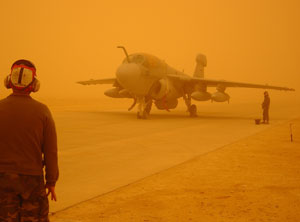
Unity of Command: the Value of an Integrated Air C2 System
Now that they had the concept for the operation, Kling and the other planners availed themselves of RCT–1’s value-laden after-action/lessons learned reports derived from the FALLUJAH I battle. Unity of command seemed to be of utmost importance. Unity of command would allow all aviation to flow into the zone under the oversight of the Marine DASC, which would provide flexibility and efficiency. The Marines had unity of command in their area of operations (AO) in Operation IRAQI FREEDOM I (OIF I), or the “March to Baghdad,” and it worked extremely well.
In OIF I differences between the Marine Corps’ and U.S. Air Force’s approaches were apparent. The DASC flowed strike aircraft of all types, not just Marine, to targets in the Marine zone for quick target prosecution. In the Air Force’s centralized control system, strike control remained at the higher echelon control agencies, which meant delays in getting clearance to employ ordnance.
Additionally, the Army/Air Force system lacked the air-ground synergy implicit in the Marine Corps. This synergy came from an integrated air C2 system. Marines bring a complete C2 suite, radars, all of the equipment to the fight; furthermore, Marines conduct systematic and thorough training to integrate air with ground. On the other hand, the Army relies on the Air Force for air C2, and without dedicated training, friction results. Finally air-ground integration is Marine Corps culture and ethos that pays real dividends in a complex and dynamic combat environment. It really works.[13]
***
Notes
1. LtCol Joseph A. L’Etoile, , interview by LtCol John Way, 16 June 2005, Twentynine Palms, transcript held by the Marine Corps History Division, Quantico.
2. Maj John S. Payne, Maj John S. interview by LtCol John Way, 5 February 2005, Iraq, transcript held by the Marine Corps History Division, Quantico.
3. Col John A. Toolan, ., interview by author, 4 February 2005, Quantico; LtCol Jeffrey J.Murray, interview by Maj John Piedmont, 2 May 2004, Al Taqaddum, Iraq, digital recording and summary held by Marine Corps History Division, Quantico; Maj Derek T. Montroy, interview by author, 17 February 2005, Quantico, digital recording and summary held by Marine Corps History Division, Quantico. Interviews cite the danger to rotary-wing aircraft of enemy small arms and rocket propelled grenades. Murray mentions that six helicopters had been hit by enemy ground fire.
4. LtCol Gary A. Kling, , e-mail comments to draft manuscript, 18 December 2007, in author’s possession, Marine Corps History Division, Quantico; hence noted as Kling-author interview.
5. This is not to imply that “intimidation” rounds were fired. Kling asserted that “we were trying to kill someone every time the trigger was pulled,” Kling-author interview.
6. Toolan-author and Montroy-author interviews.
7. LtCol Sean Campbell, , USAF, Air National Guard (ANG), interview by author, 15 June 2005, Selfridge ANG Base, digital recordings and summaries held by Marine Corps History Division, Quantico.
8. Maj Tom Richter, Air National Guard (ANG), interview by author, 15 June 2005, Selfridge ANG Base, digital recordings and summaries held by Marine Corps History Division, Quantico.
9. LtCol Nate Dickman, USAF, interview by author,15 June 2005, Selfridge ANG Base, digital recording and summary held by Marine Corps History Division, Quantico.
10. Col Jon Miclot, interview by author, 18 April 2007, Miramar, digital recording held by Marine Corps History Division, Quantico; LtCol Geoffrey M. Anthony, e-mail to author, 27 May 2008, held by Marine Corps History Division, Quantico.
11. Kling-author interview.
12. Ibid.
13. Col Marty Post, interview by author, 29 January 2004, Headquarters Marine Corps, tape recording and summary held by Marine Corps History Division, Quantico.
———-
***Posted January 31st, 2010


